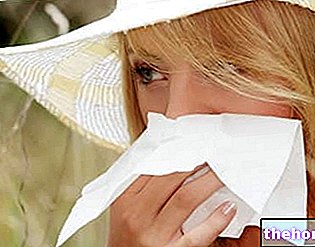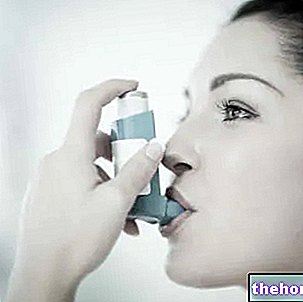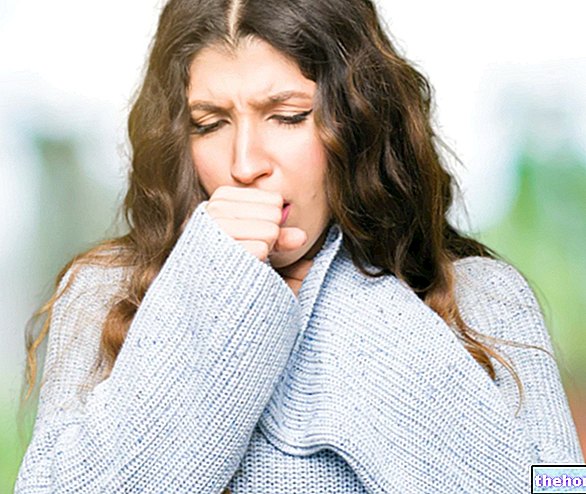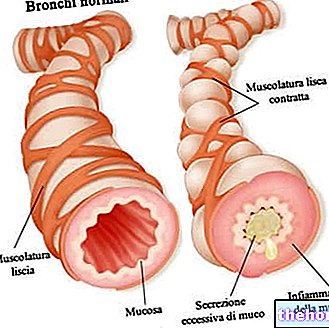Asthma is a chronic inflammatory pathology of the respiratory system, associated with bronchial hypersensitivity, or a hyperactivity of the bronchial mucosa towards endogenous and exogenous stimuli; for this reason, most asthmatic cases arise in the form of allergic reactions. The symptoms encountered are severe irritation of the upper airways, with persistent bronchial cough and difficulty in breathing normally (due to the progressive obstruction of the airways).
Some risk factors may contribute to the onset of asthma: individual, due to genetic factors, age and population; and environmental, such as external stimulating agents, allergens from mites, molds, animal hair, cold and humid air, pollution atmospheric, sudden temperature changes, excessive physical activity, strong emotions, viral diseases, smoking and some drugs (NSAIDs).
The asthmatic pathology is classified in different levels of severity, in relation to the number of nocturnal asthmatic attacks and the forced expiratory volume (FEV) in one second.
- The level 1 - INTERMITTENT - has nocturnal attacks twice a month and an FEV higher than 80% of the theoretical one;
- The level 2 - PERSISTENT Mild - has nocturnal attacks once a week and an FEV greater than 80%;
- The level 3 - MODERATE PERSISTENT - has daily and sporadic attacks, with an FEV between 60 and 80% of the theoretical value;
- The level 4 - SEVERE PERSISTENT - has daily and repeated attacks, with an FEV equal to or less than 30% of the theoretical one.
The pathogenesis of asthma can have several origins.
According to the immunological model, it can be triggered starting from contact with the allergen, followed by an immediate "early" allergic reaction and a reduction in PEF, which is subsequently restored; after that there will be a delayed reaction, after 4-6 hours, which will induce an antibody reaction.
Secondly, asthma can be caused by a non-specific bronchial hyperactivity, because it is not caused by the allergen; this type leads to a progressive narrowing of the respiratory canal and an increase in mucous secretion.
The so-called "asthmatic attack"Is composed of two phases; an immediate phase characterized by bronchospasm, or by a contraction of the bronchial smooth muscle; and a late phase after a few hours from exposure to the stimulus, characterized by repeated coughing attacks and breathing difficulties.
Pharmacological therapy can refer to these phases with different pharmacological categories: during the immediate phase, bronchodilator drugs with immediate and asymptomatic action will be administered, while during the late phase one intervenes by administering very strong anti-inflammatories, such as glucocorticoids.
Anti-asthma drugs can therefore concern these different pharmacological categories: immediate-acting bronchodilators and anti-inflammatory agents for chronic therapies.
Other articles on "Asthma, drug therapy"
- Oral hypoglycemic agents or oral antidiabetic drugs
- Bronchodilator drugs

-non-sentire-gli-odori.jpg)


























